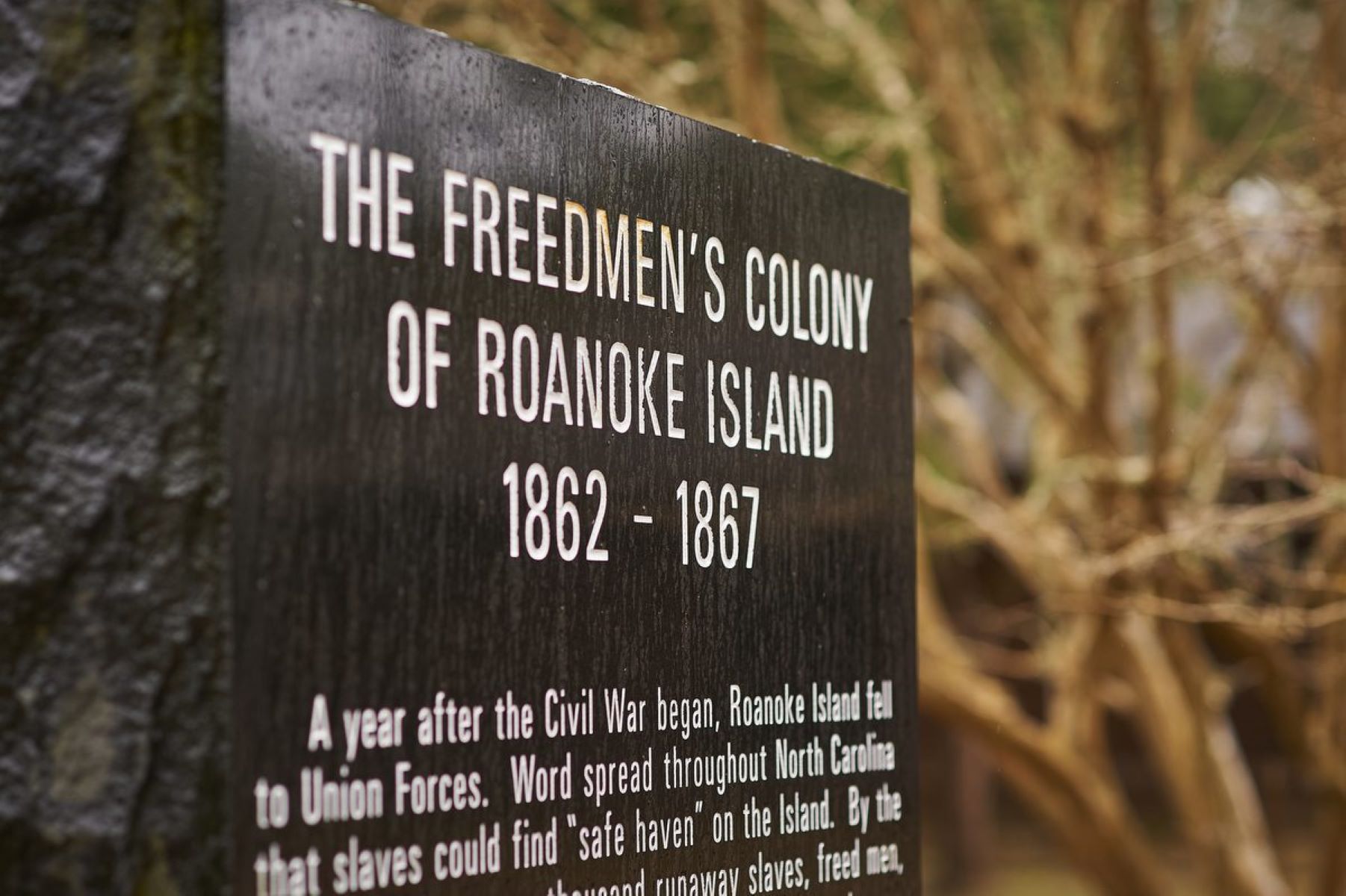Hidden Freedmen’s Colonies Of The South

Have you ever heard of the hidden Freedmen's Colonies of the South? These unique communities sprang up after the Civil War, offering newly freed African Americans a place to start fresh. Many people don't know about these colonies, but they played a crucial role in shaping the history of the United States. From North Carolina to Texas, these settlements provided safety, education, and a sense of community. They were more than just places to live; they were symbols of hope and resilience. Join us as we uncover the stories behind these remarkable colonies and the people who called them home.
Hidden Freedmen's Colonies of the South
After the Civil War, many freed African Americans established communities known as Freedmen's Colonies. These places offered safety, community, and a fresh start. Let's explore some lesser-known colonies that played a significant role in history.
1. Roanoke Island Freedmen's Colony, North Carolina
Roanoke Island became a haven for freed slaves during the Civil War. Established in 1863, this colony provided land, education, and employment opportunities.
- Historical Significance: The colony was one of the first attempts by the Union to provide for freed slaves.
- Education: Schools were established to teach reading, writing, and vocational skills.
- Legacy: Though the colony dissolved after the war, its impact on education and community-building remains significant.
2. Davis Bend, Mississippi
Davis Bend was a unique experiment in self-sufficient farming and community living for freed slaves.
- Origins: Formerly a plantation owned by Joseph Davis, brother of Confederate President Jefferson Davis.
- Self-Governance: Freedmen managed their own affairs, including farming and trade.
- Economic Success: The colony thrived economically, proving the capability of freed slaves to manage land and resources effectively.
3. Mitchelville, South Carolina
Mitchelville, located on Hilton Head Island, was the first self-governed town of freed slaves in the United States.
- Establishment: Founded in 1862, it was named after General Ormsby Mitchel.
- Self-Sufficiency: Residents built homes, schools, and churches, creating a thriving community.
- Historical Impact: Mitchelville set a precedent for other freedmen's towns and showcased the potential for self-governance.
4. Port Royal Experiment, South Carolina
The Port Royal Experiment was an early effort to transition freed slaves to a life of freedom and self-sufficiency.
- Initiation: Began in 1861 after Union forces captured the Sea Islands.
- Education and Land Ownership: Freedmen were given land and access to education, fostering independence.
- Long-Term Effects: The success of this experiment influenced Reconstruction policies and the establishment of other freedmen's colonies.
5. Freedmen's Village, Arlington, Virginia
Freedmen's Village was established on the grounds of what is now Arlington National Cemetery.
- Creation: Founded in 1863 to house freed slaves from the Washington, D.C. area.
- Community Development: Included homes, schools, churches, and a hospital.
- End of the Village: The village was eventually closed, but its residents contributed significantly to the local community.
6. Skidaway Island, Georgia
Skidaway Island hosted a lesser-known freedmen's colony that thrived during the Reconstruction era.
- Formation: Established by the Freedmen's Bureau in the late 1860s.
- Agricultural Success: Residents cultivated crops and engaged in trade, achieving economic stability.
- Legacy: The colony's success demonstrated the potential for freedmen to build prosperous communities.
7. Edisto Island, South Carolina
Edisto Island became a refuge for freed slaves seeking a new beginning.
- Union Occupation: The island was occupied by Union forces in 1861, leading to the establishment of a freedmen's colony.
- Land Redistribution: Freedmen were given land to farm, fostering independence and self-reliance.
- Cultural Impact: The community preserved African traditions and contributed to the rich cultural heritage of the region.
8. St. Helena Island, South Carolina
St. Helena Island was part of the Port Royal Experiment and became a thriving freedmen's community.
- Educational Initiatives: Schools were established to educate freedmen and their children.
- Economic Activities: Residents engaged in farming, fishing, and trade, creating a self-sufficient economy.
- Enduring Legacy: The island remains a symbol of resilience and the pursuit of freedom.
9. Fort Monroe, Virginia
Fort Monroe, also known as "Freedom's Fortress," served as a sanctuary for escaped slaves during the Civil War.
- Historical Context: The fort was a Union stronghold in Confederate territory, offering protection to escaped slaves.
- Community Formation: Freedmen established a community within the fort, complete with schools and churches.
- Significance: Fort Monroe played a crucial role in the transition from slavery to freedom for many African Americans.
10. New Bern, North Carolina
New Bern became a significant center for freedmen during and after the Civil War.
- Union Occupation: Captured by Union forces in 1862, it became a refuge for escaped slaves.
- Freedmen's Bureau: The bureau established schools, hospitals, and employment opportunities for freedmen.
- Cultural Contributions: The community contributed to the cultural and economic development of the region.
Discovering History's Hidden Gems
Exploring the hidden Freedmen's colonies of the South reveals a rich, often overlooked part of American history. These communities, formed by formerly enslaved people, showcase resilience, determination, and a quest for freedom. Visiting these sites offers a unique perspective on the struggles and triumphs of those who built new lives against incredible odds. From the stories of individual families to the broader impact on local culture, these colonies provide valuable insights into the past. Whether you're a history buff or just curious, these hidden gems are worth the visit. They remind us of the strength of the human spirit and the importance of preserving our diverse heritage. So next time you're planning a trip, consider adding these historical sites to your itinerary. You'll walk away with a deeper understanding and appreciation of our shared history.

